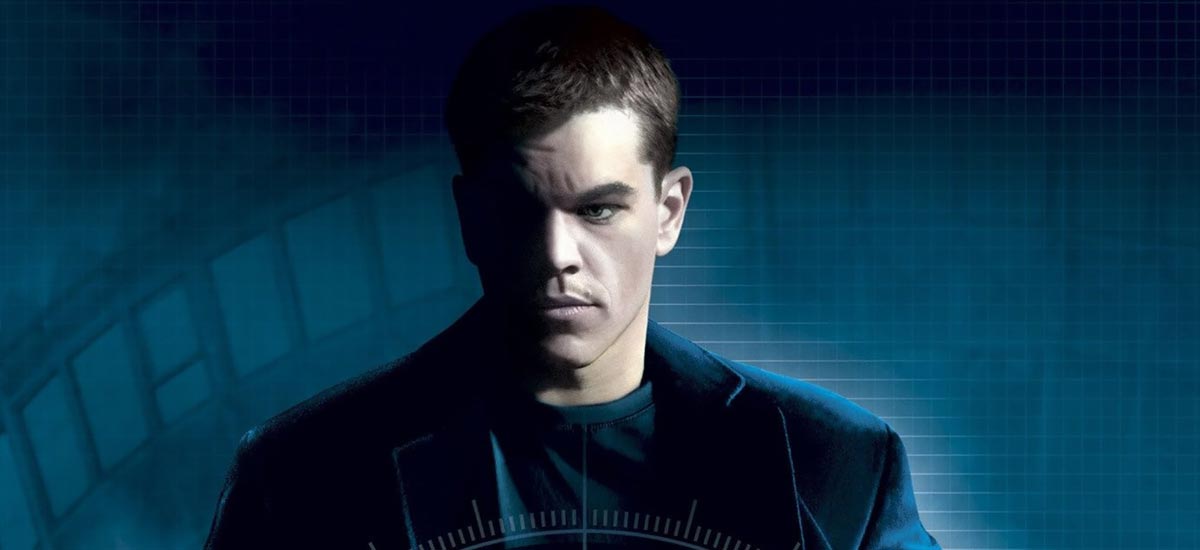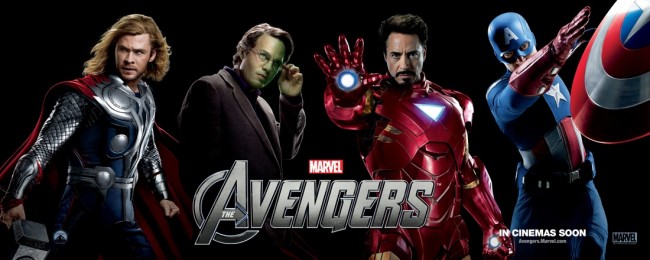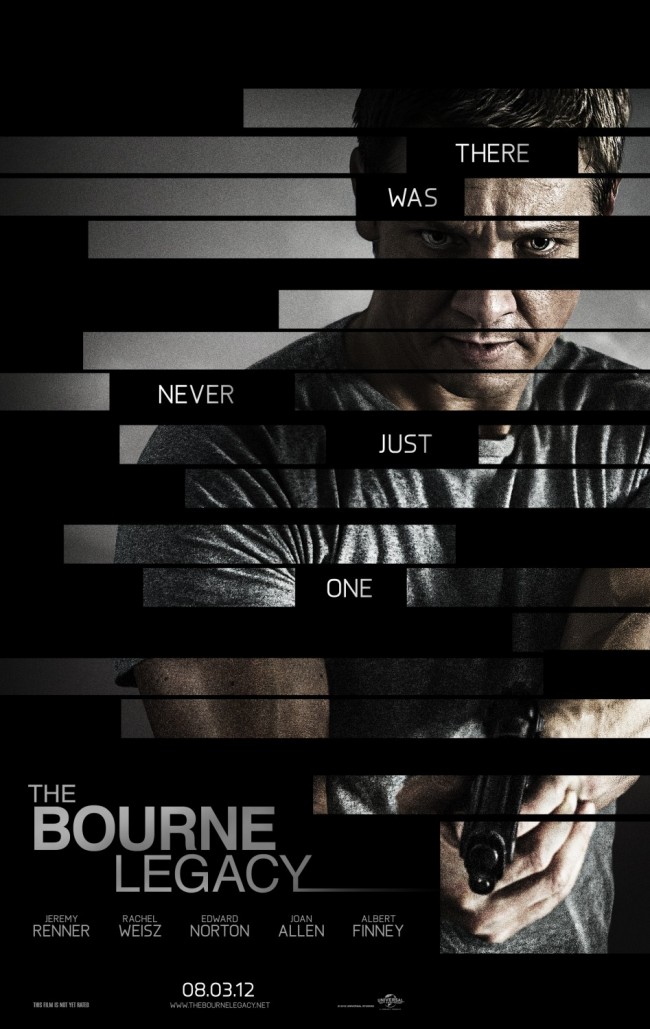This is a repost of an article I originally wrote back in 2007.
Though I’ve been interested in movies as far back as I can remember, it wasn’t until the late 1990s that I seriously began following films. And though I’d consider the Summer of 1998 as a benchmark of my movie-mania, I didn’t really start going to movie theaters on an (almost) weekly basis until 2002.
 That year was an almost “perfect storm” of quality films released to cinemas. Movies like Spider-Man, The Mothman Prophecies, The Sum of All Fears, Minority Report, Solaris and The Bourne Identity all debuted in 2002. And though Spider-Man did go on to become one of the highest grossing franchises in modern movie history, the only other film in this list that would become a “franchise” in the strictest sense of the term would be The Bourne Identity.
That year was an almost “perfect storm” of quality films released to cinemas. Movies like Spider-Man, The Mothman Prophecies, The Sum of All Fears, Minority Report, Solaris and The Bourne Identity all debuted in 2002. And though Spider-Man did go on to become one of the highest grossing franchises in modern movie history, the only other film in this list that would become a “franchise” in the strictest sense of the term would be The Bourne Identity.
Starring Matt Damon, Franka Potente (Run, Lola, Run), Brian Cox (Zodiac) and featuring Clive Owen (Children of Men) in an early non-UK role, The Bourne Identity follows CIA assassin Jason Bourne (Damon) who’s shot during a botched mission, nearly drowns and loses his memory in the process. Wandering Europe looking for clues to his past, Bourne doesn’t realize that the agency within the CIA responsible for his creation is out to eliminate him and any chance he might start remembering a bevy of agency secrets hidden away in Bourne’s head. It’s only because of Bourne’s embedded training, his sheer will to prevail and robotic-like fighting skills that he manages to stay one step ahead of the bad-guys.
Directed by Doug Liman, then known mostly for Indie flicks like Swingers (1996) and Go (1999), I seem to remember that although The Bourne Identity did well enough in theaters (opening to $27 and grossing $121 million according to IMDB) that it was the outstanding DVD sales and positive word of mouth that would guarantee a sequel, The Bourne Supremacy, in 2004.
Though Liman would remain with the Bourne franchise as producer, Brit director Paul Greengrass stepped in as director of The Bourne Supremacy. This time, Bourne is haunted by nightmarish visions of his past where he did a lot of bad things to a good people. When his girlfriend is murdered and Bourne is framed for killing two CIA assets, Bourne’s out to destroy whomever pulled the trigger no matter if it’s a Russian agent out to kill him or the CIA looking to avenge the death of their assets. Though some of the story of The Bourne Supremacy is a bit confusing, the car chase scene at the end of the film is worth the price of admission alone.
 The Bourne Supremacy would act as director Greengrass’ first real introduction to American audiences, but the first time I took note of the director was when I caught his film Bloody Sunday (2002) on TV late one Saturday night. This film follows the lead-up and eventual massacre of a group of Irish civil rights protesters in what would become known as “Bloody Sunday.” Shot from within the action in a fauxcumentary style (aka shaky camera and grainy film), Greengrass would go on to use these same docu-techniques he used to great effect in Bloody Sunday in both The Bourne Supremacy and his next film United 93 (2006).
The Bourne Supremacy would act as director Greengrass’ first real introduction to American audiences, but the first time I took note of the director was when I caught his film Bloody Sunday (2002) on TV late one Saturday night. This film follows the lead-up and eventual massacre of a group of Irish civil rights protesters in what would become known as “Bloody Sunday.” Shot from within the action in a fauxcumentary style (aka shaky camera and grainy film), Greengrass would go on to use these same docu-techniques he used to great effect in Bloody Sunday in both The Bourne Supremacy and his next film United 93 (2006).
But even after two films, dozens of wrecked cars, bruised egos and numerous corpses in his wake, the CIA isn’t finished chasing Jason Bourne yet – don’t they ever learn!? Due out later this Summer, and billed as the final movie of the series, is The Bourne Ultimatum. In this film, Jason Bourne must deal with a bevy of assassins and government agencies all out to stop Bourne from learning of his true origin. Somehow I doubt Bourne’s “true origin” is that of a celebrity chef missing from Food Network.
Actually, though, the very first version of The Bourne Identity appeared as a television movie back in 1988 and starred Richard Chamberlain, then 54, as Jason Bourne. Which is interesting since Damon was 32 when his version of The Bourne Identity hit theaters. I can only imagine that the definition of “heartthrob” in the 1988 was different than “heartthrob” in 2002.


